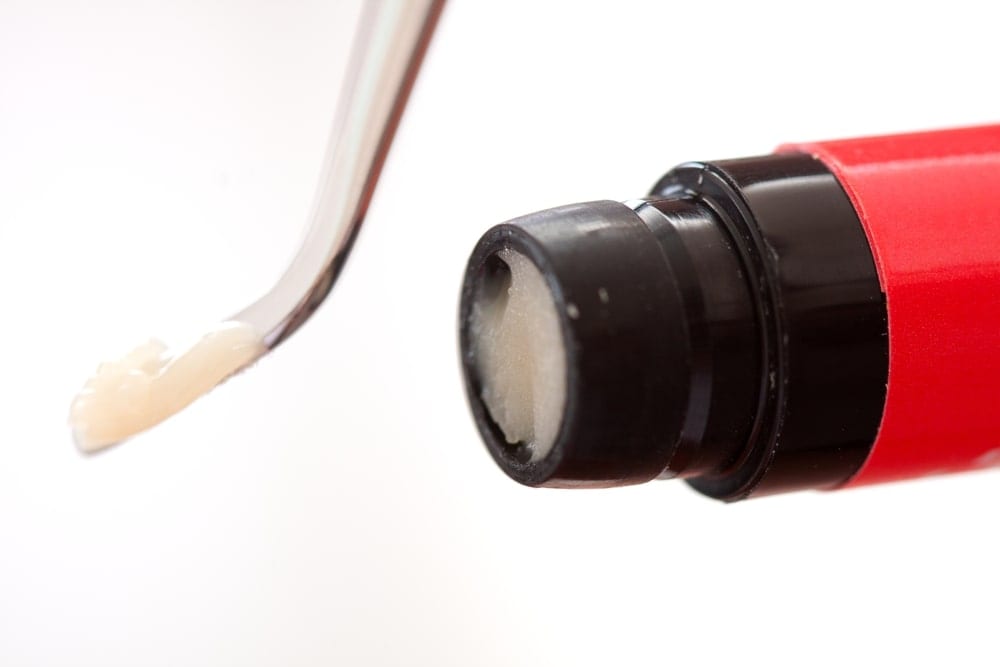If you have been considering cosmetic dentistry, chances are you know there are a variety of treatment options to choose from. These different treatments offer various options in terms of the cosmetic concerns they address, the type of restoration used, and the cost. However, you may not know that certain cosmetic dental treatments can be reversed, while others are considered to be permanent. When you are deciding which cosmetic treatment is best for you, it is highly important to consider if you are looking for a reversible or permanent option.
Reversible Cosmetic Treatments
Reversible cosmetic treatments are considered to be reversible because they do not make significant changes to the tooth’s natural structure. Most reversible treatments are direct restorations that can be completed by adding on dental materials rather than removing parts of the tooth. Although reversible treatments can produce effective results, they generally do not last as long as permanent treatments. Nevertheless, they can be ideal for patients who are not yet ready to commit to an irreversible dental treatment.
Cosmetic Bonding

One popular cosmetic treatment that can be reversed is cosmetic bonding. Cosmetic bonding uses dental composite resin to repair minor tooth imperfections such as cracks, chips, gaps, and minor alignment issues. There is no preparation needed because the composite is simply bonded to the existing tooth structure.
Composite Veneers
Dental veneers that are made from composite resin are considered to be reversible in cases where minimal to no enamel was removed for their placement. Since composite resin is applied in layers, it can be applied so that it is thinner than traditional porcelain veneers. This allows the veneers to be removed at some point in the future.
Permanent Cosmetic Treatments
Permanent cosmetic dental treatments, on the other hand, are those that cannot be reversed. This is generally due to the fact that the natural tooth structure has been altered in order to complete the treatment. In most cases, permanent treatments are those that use indirect restorations, as well as orthodontic treatment. Unlike reversible treatments, permanent cosmetic treatments have a longer lifespan and are more durable.

Porcelain Veneers
Veneers that use porcelain are slightly thicker than composite veneers and require enamel modification so they can fit properly. These modifications will permanently change the structure of the tooth, meaning that veneers will always need to be used. Luckily, porcelain lasts significantly longer than composite and is also resistant to damage and stains.
Dental Crowns and Bridges
Dental crowns are tooth-shaped caps that fit over an existing tooth, while dental bridges are used to fill in gaps left by one or more missing teeth. To place a dental crown or bridge, the majority of the natural tooth structure is removed in order to make room for the restoration.
Dental Implants
Dental implants are artificial tooth roots that are implanted into the jawbone. Once they fuse with the surrounding bone, they are essentially part of the jawbone and cannot be removed. While the restoration connected to dental implants may be replaced, the implant itself can last up to 20 years or more.

Dr. Admar holds dual certificates — a Bachelor of Dental Surgery (BDS) in 2010 from India and a Doctor of Dental Surgery (DDS) in 2014 from Canada. He is now a full time practicing dentist in Kamloops where he provides a variety of services. Dr. Admar spends hundreds of hours in continued dental education to stay up to date in cosmetic and implant dentistry and he has achieved several advanced qualifications.


